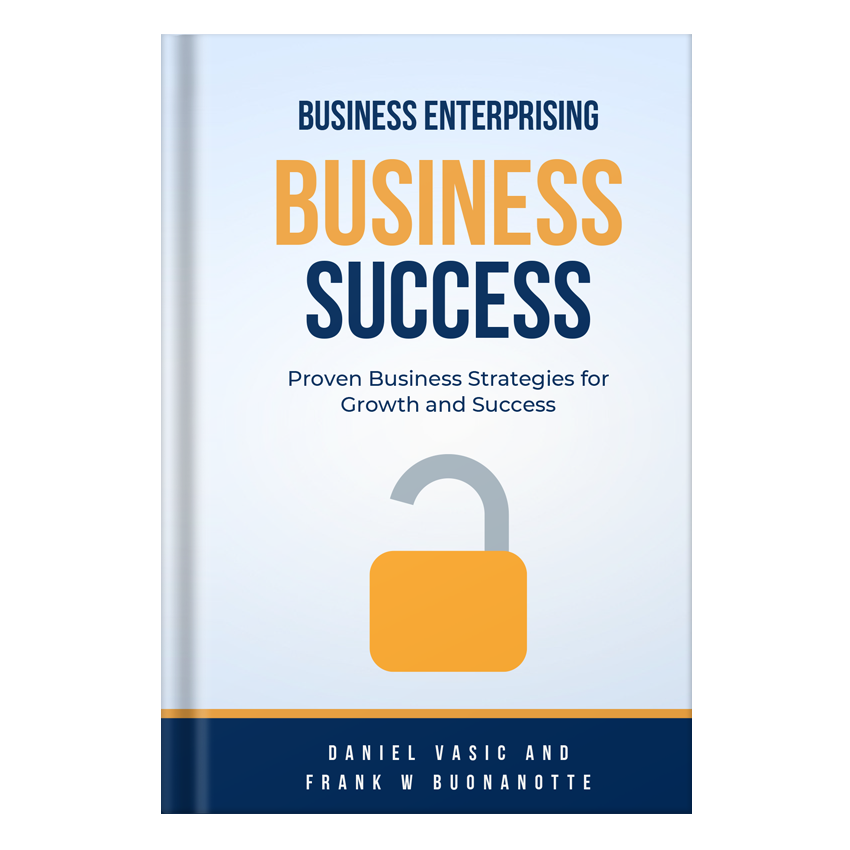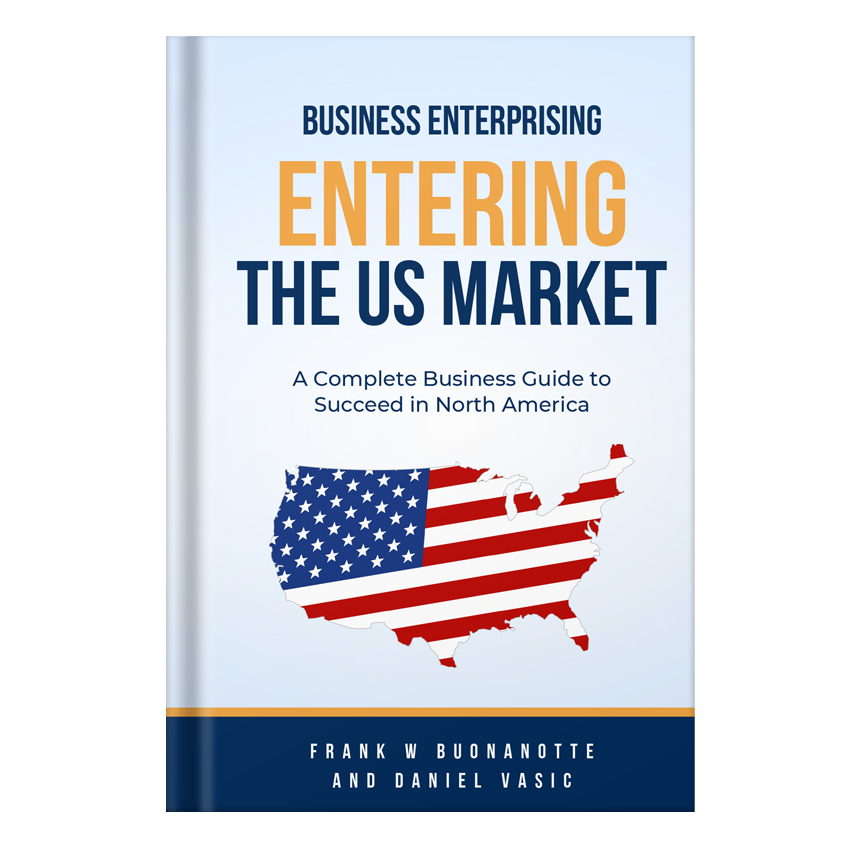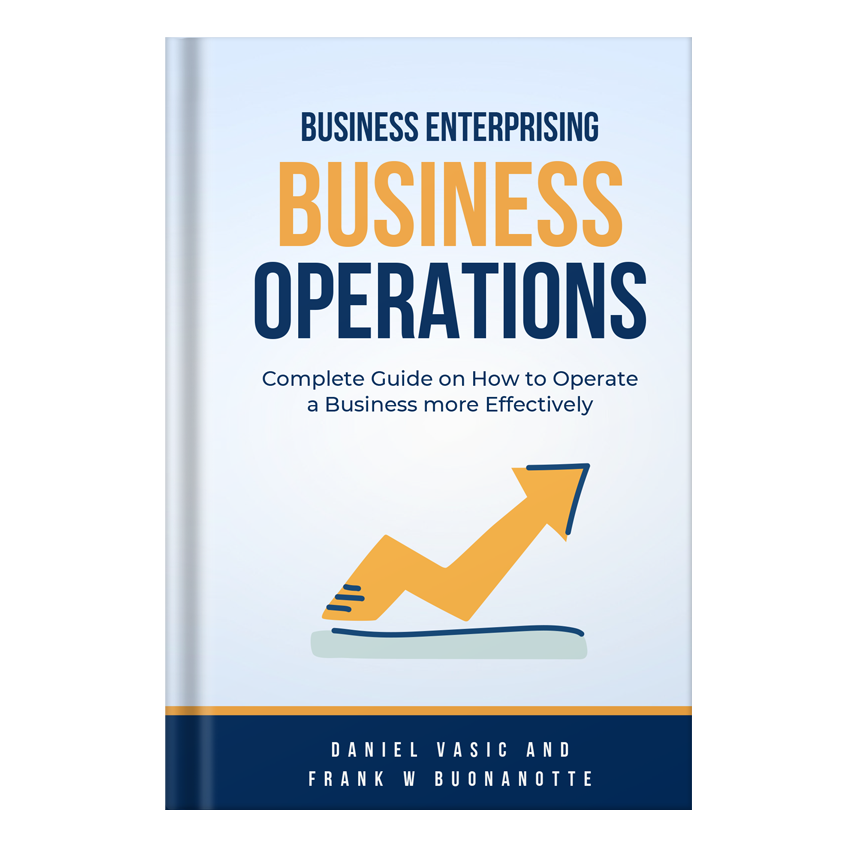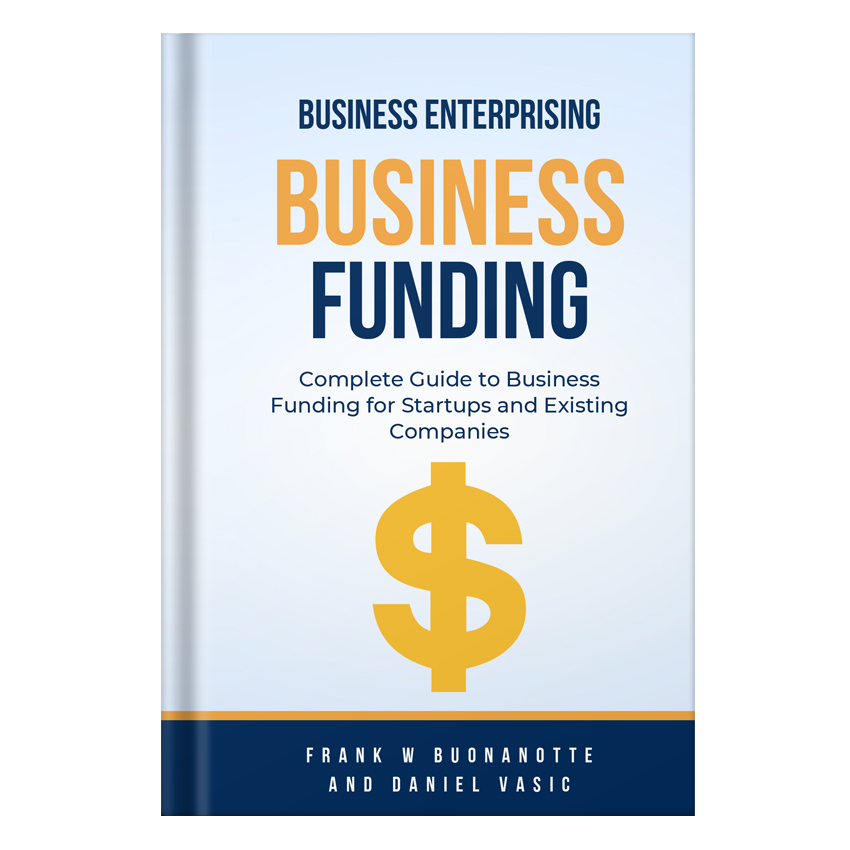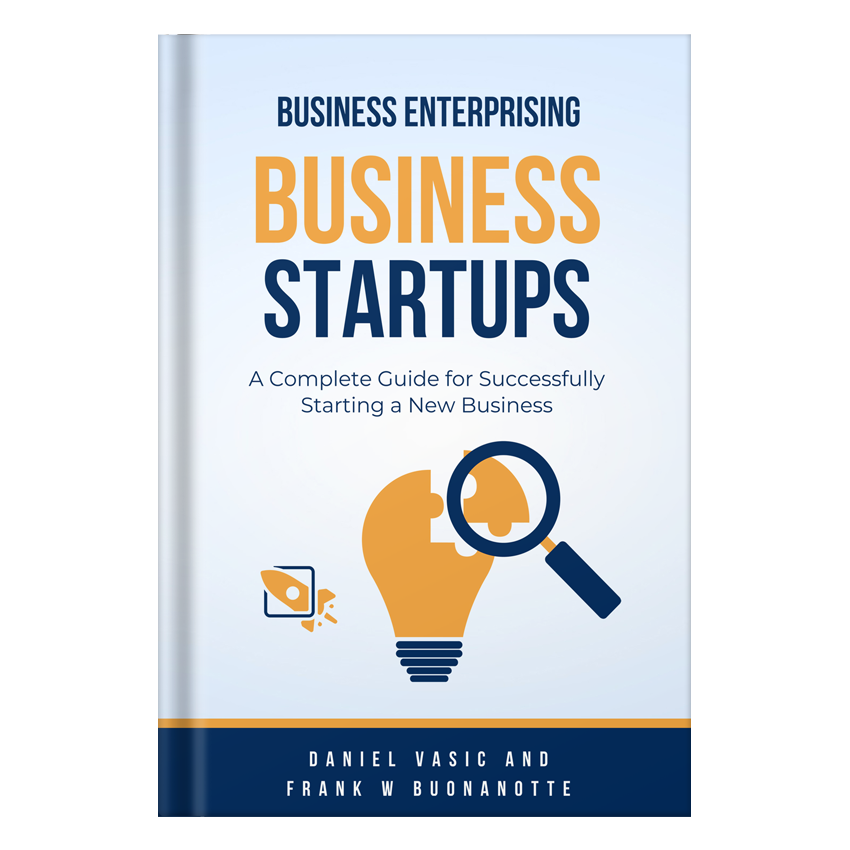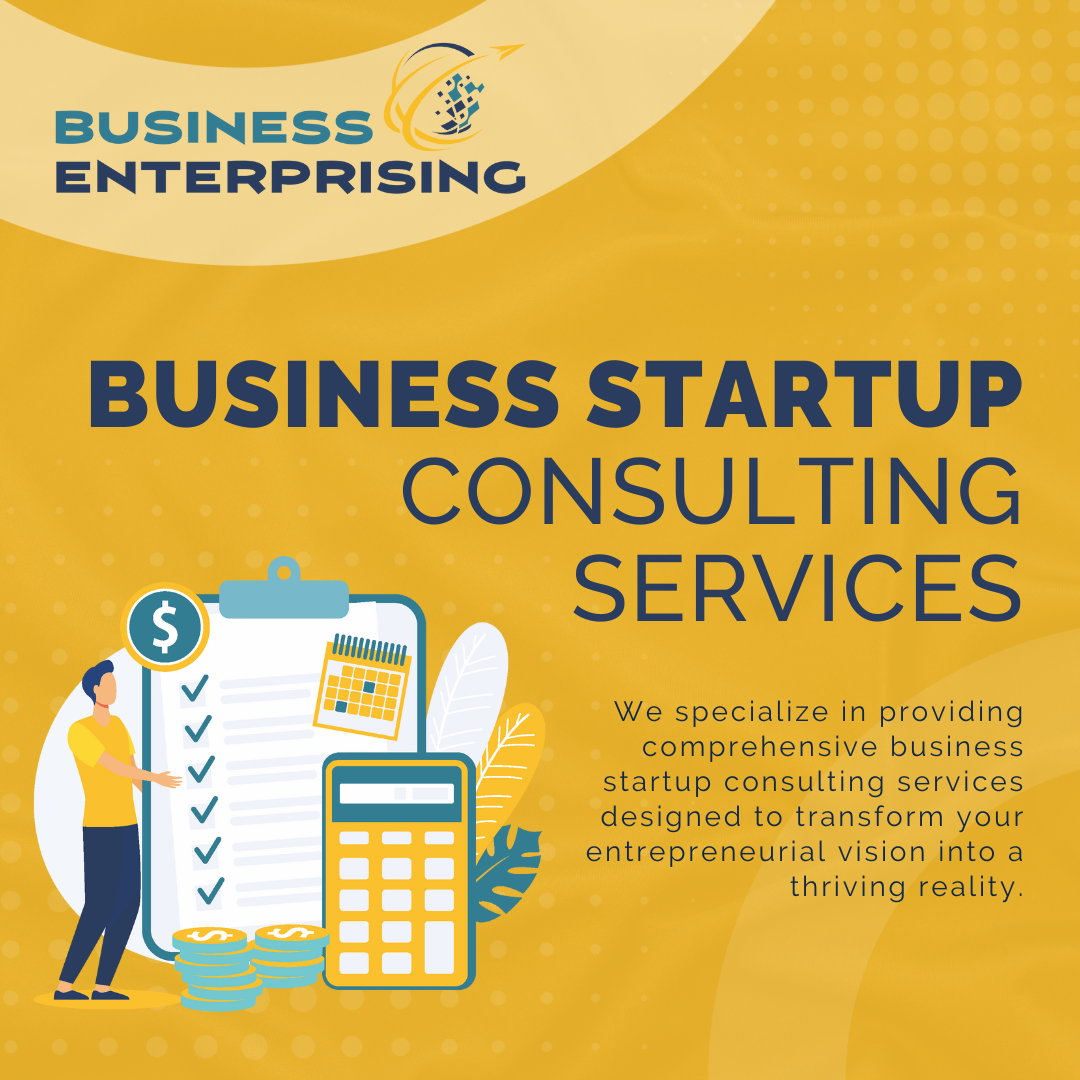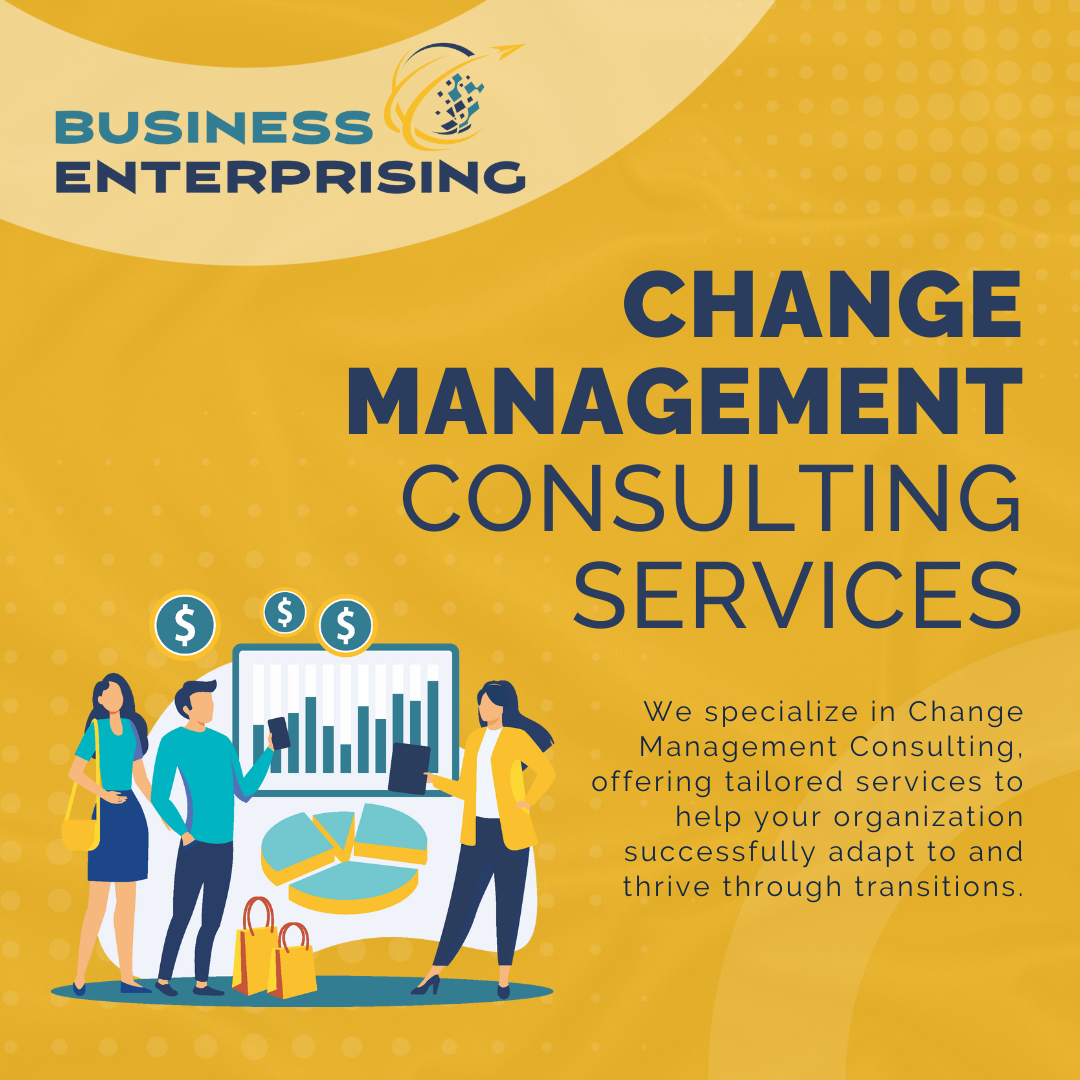Business Ideas for Retirees
Retirement offers the perfect chance to explore new opportunities and stay active through entrepreneurship. Many retirees are now starting businesses that align with their passions and skills. Additionally, pursuing business ideas for retirees can provide a sense of purpose and supplement income without overwhelming your lifestyle. However, starting a business after retirement is about more…
Read articleOutsourcing Operational Tasks
Outsourcing operational tasks is a practical way to streamline your business and focus on what matters most. By delegating non-core responsibilities, you free up resources and time to concentrate on growth and innovation. Additionally, outsourcing provides access to skilled professionals who can handle specialized tasks efficiently. However, managing everything in-house can strain your team and…
Read articleIndustry News by Sector
Keeping up with Industry News by Sector is essential for understanding key trends and developments that shape the economy. Each sector plays a unique role, from driving innovation to supporting global stability. Additionally, staying informed helps you identify opportunities and adapt to changing market conditions. However, the rapid pace of change in industries like technology,…
Read articleBusiness Funding for Female Entrepreneurs
Securing business funding for female entrepreneurs is an essential step toward building and expanding successful ventures. Women often face unique challenges when accessing financial support, making targeted resources even more important. However, many funding options, such as grants, loans, and venture capital, are specifically designed to empower women-owned businesses. Additionally, preparing your business for funding…
Read articleConsulting for Business Growth
Growing a business often comes with challenges that require specialized knowledge and strategies. Consulting for business growth provides the expertise you need to address these obstacles. Whether you’re facing scaling issues, operational inefficiencies, or stagnant revenue, a consultant can offer tailored solutions to move your business forward. Additionally, consultants bring an objective perspective that helps…
Read articleHelpful AI Tools for Business
Artificial intelligence is revolutionizing how businesses operate by simplifying processes and enhancing efficiency. Helpful AI tools for business can automate repetitive tasks, provide valuable insights, and improve customer interactions. These tools are designed to save time and allow you to focus on strategic goals instead of routine work. However, understanding which tools fit your needs…
Read articleHow to Automate Tasks in Excel Using Macros
Automation in Excel can help you save time and increase productivity. Learning how to automate tasks in Excel simplifies repetitive processes. With tools like macros, you can perform complex operations with just a few clicks. However, many people are unsure where to start with Excel automation. Fortunately, macros offer a user-friendly way to record and…
Read articleAvoiding Market Entry Pitfalls When Expanding into the U.S.
Expanding into the U.S. market presents opportunities, but avoiding market entry pitfalls requires careful planning and adaptability. By understanding market dynamics, meeting regulatory requirements, and aligning with U.S. business culture, you set a strong foundation for success. Additionally, developing a clear market entry strategy helps you address competition and navigate operational challenges effectively. However, balancing…
Read article







